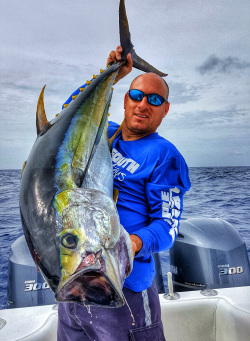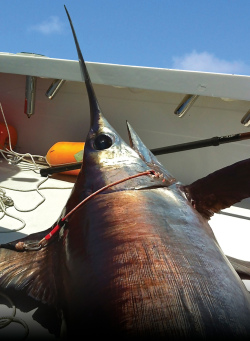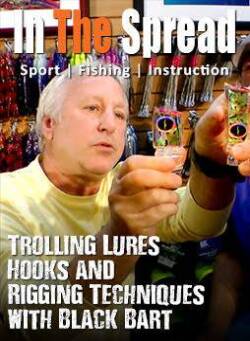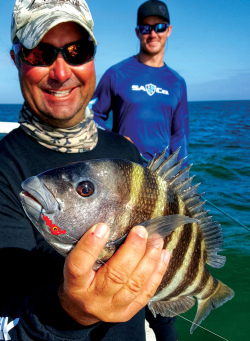In The Spread snook fishing video features Slob Rob, a cat who fishes from land and hauls in big snook. He shares his land-based techniques for snook, including using custom jigs for big robalo around bridges. Rob's techniques include knowing where snook like to set up, presenting baits, and retrieval methods. The video simplifies the learning curve for snook fishing in Florida, focusing on the jigging rod, fishing reel, line, and leader.
Snook - Jigging with SlobRob
(00:36:35)
Watch Full Video
View Short Trailer
Instructor:
Slob Rob
Description
/
Review
/
Instructor
Summary of Key Points:
- Jigging is a lethal technique for targeting big snook
- Local expert Rob Conner shares his tips and techniques for jig fishing around bridges
- Snook behavior and preferences for structure and moving water are discussed
- Jig fishing allows anglers to cover more of the water column and keep presentations in the optimal zone
Big flair hawk jigs are known to attract big fish. In this video, Slob Rob will show you his method for how to fish a jig around structure.
Login
to leave a review.
User Reviews
There are no reviews yet.We Recommend
0




